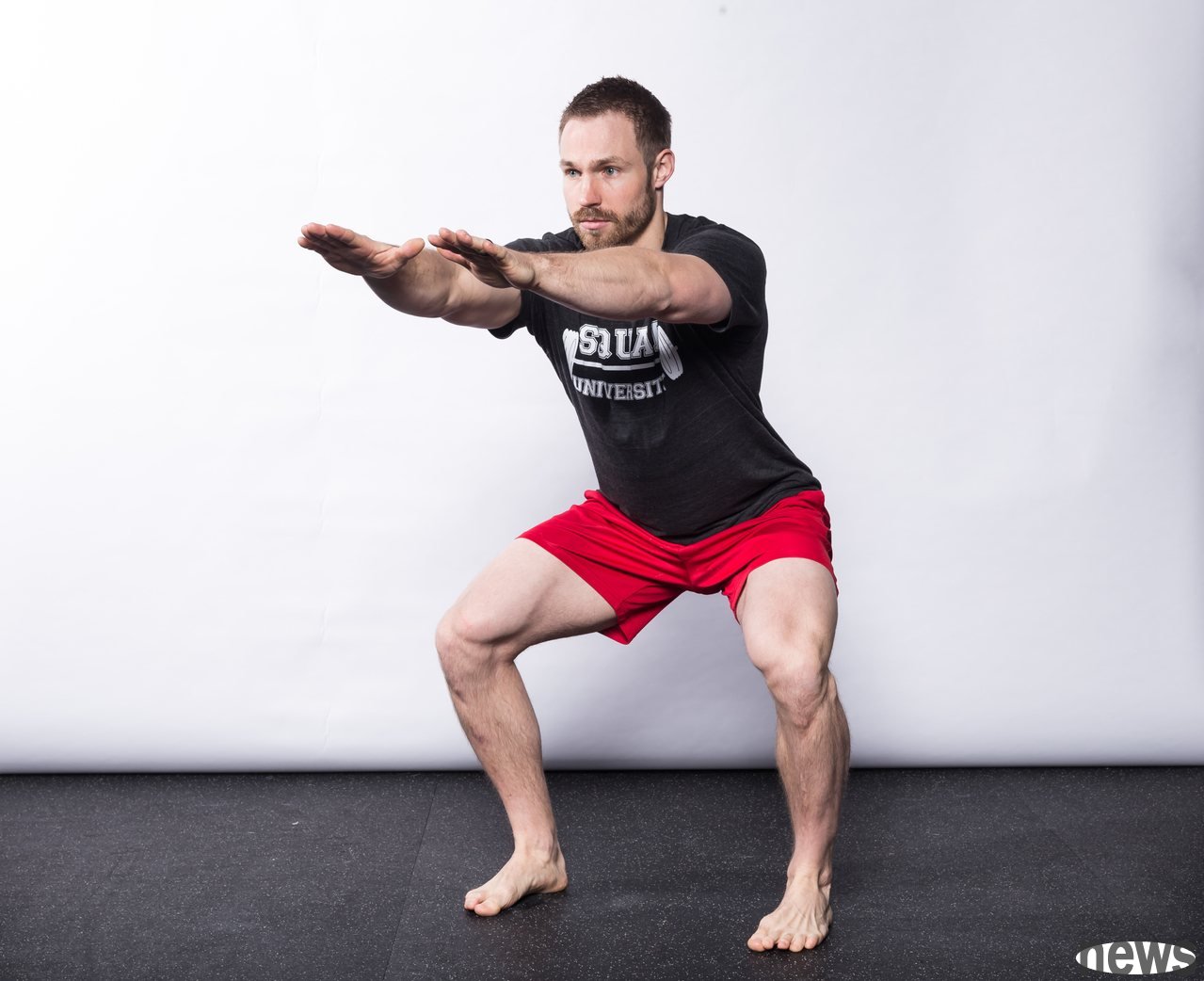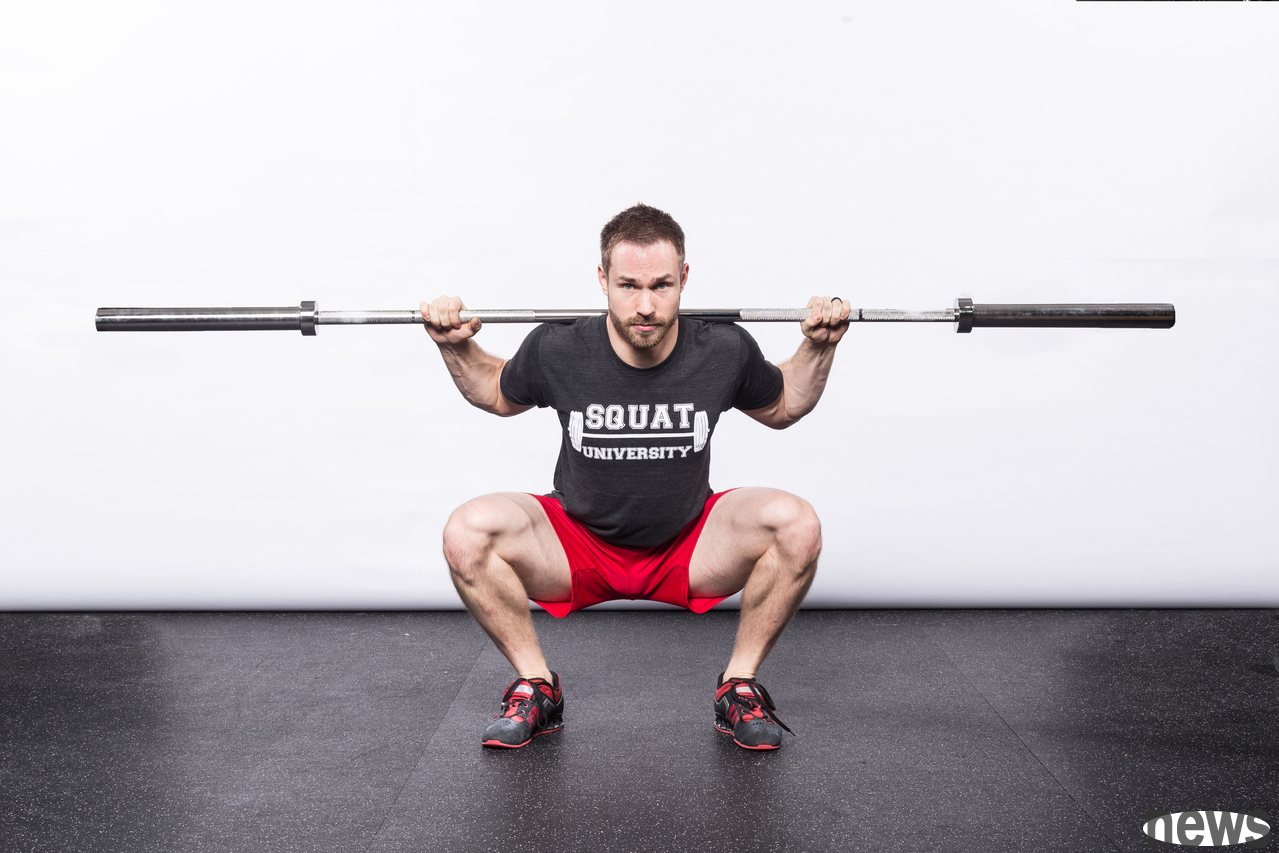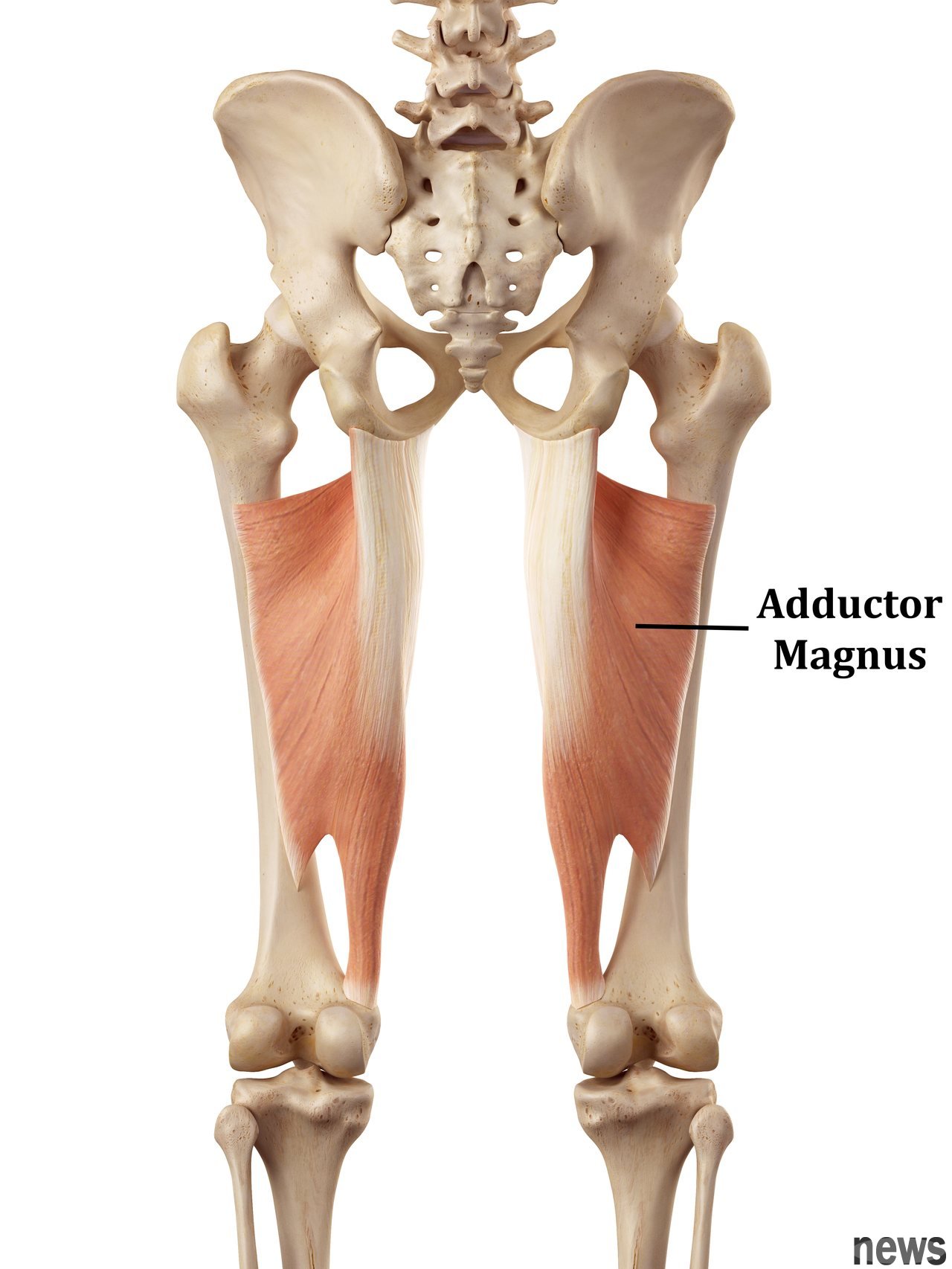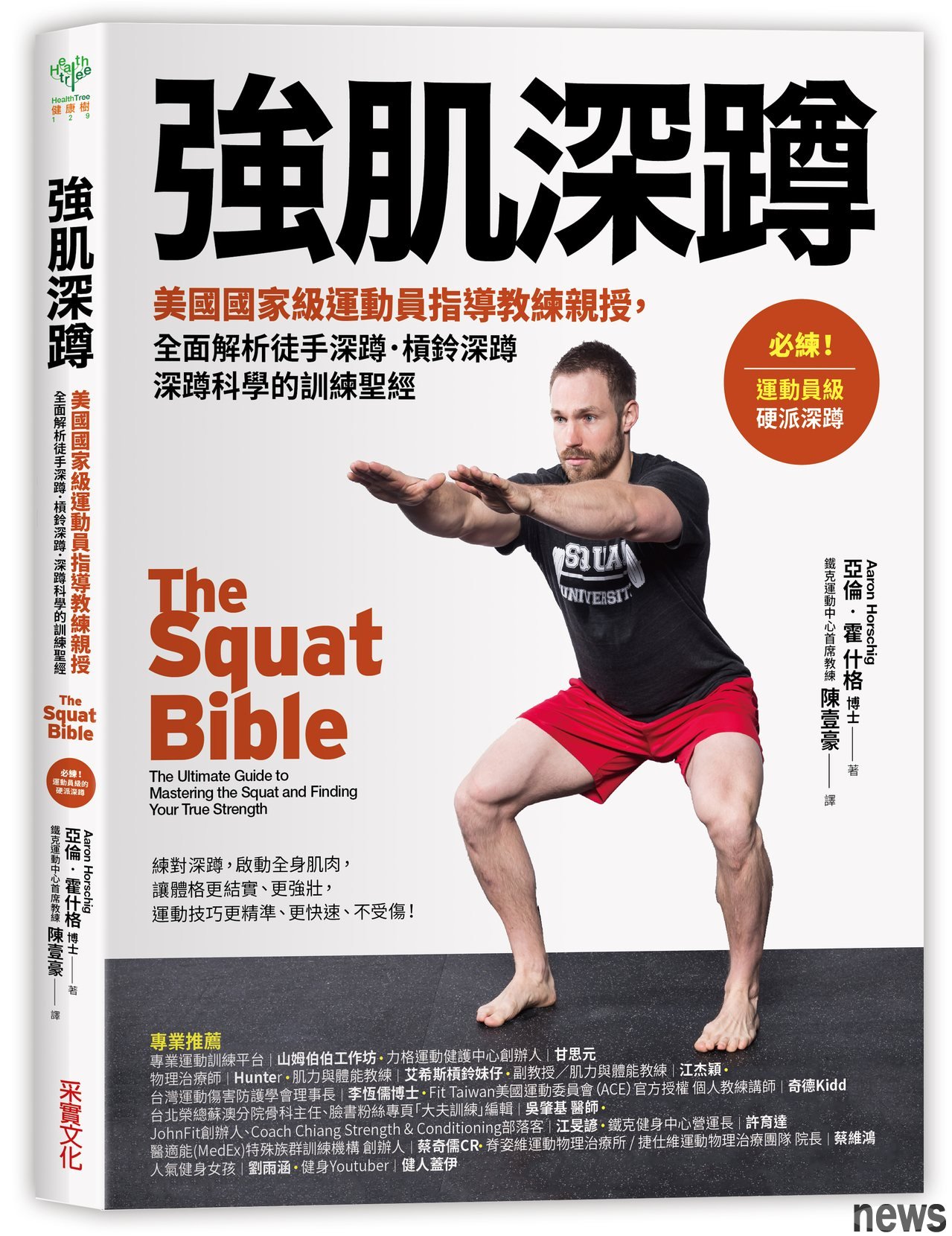【Text, picture/Excerpt from the practical culture "Strength Squat", author Yalun Hoshger] Points forward or outward? At the latest squat college seminar, a sportsperson asked me why I asked everyone to do squats forward with a tip of their...

【Text, picture/Excerpt from the practical culture "Strength Squat", author Yalun Hoshger]
Points forward or outward?At the latest squat college seminar, a sportsperson asked me why I asked everyone to do squats forward with a tip of their feet? This is not the first time I have been asked about this. There are many disputes over the toe position in today's fitness world. Some experts say that the feet should keep moving forward. Others should open an angle to the tip of their toes outside. Who is right?
This is actually a tricky problem. The answer is that both are correct. Let me explain it next.
Controversy of the toes forwardSquats are first a movement and second a movement. When I was reviewing a new sportsman, I wanted to see him/her ability to squat forward with his toes. My goal is to evaluate his actions. This method allows me to see all the weak links of the athlete.
Squats forward are more difficult than squats forward. I don't think anyone would object to this statement. But that's the point of view.
In order to squat to full depth and toe forward, athletes must have sufficient ankle and hip movements, as well as sufficient pelvic/core control. They must also have good coordination and balance. Putting your toes outward at a certain angle will allow most people to squat in full depth and maintain a more straight chest. A few people are always unable to enter the squat position due to abnormal structures. Some people are born with abnormalities. Even so, most athletes should be able to squat to close to the ground.
Unhanded squats lay the foundation for other movements, such as jumping and rushing. When you keep your feet facing outward and your knee collapses, many knee injuries will occur. A jumper and landing athlete must tear the front cross belt (ACL) when collapses and turns inside the knee. My goal is to let the athletes jump to the top in a good way, thus reducing the damage that ends their season.

Once you pick up the pin, the squat becomes a movement. Therefore, the action mode will change somewhat and become more dynamic. This includes turning the toes slightly outward. This can create the strengths of squats. Not only does it provide a more stable support base, it does not challenge pelvic control and activity to the greatest extent.
This is why some athletes can squat lower when they turn their toes outward, and by rotating their hips outward, we usually achieve lower and better-looking squats.
 As the hips rotate outward, the introscopic muscles on the inner side of our thighs will prolong. When we squat, these muscles are in better positions to generate strength (length/length relationship). If you squat slightly outward, this means that the inner-additive muscle is opened and more powerful. The enlarged muscle is shown to help stretch the hair (action from squatting to standing). The more help comes from the inner and inner skin, the stronger and more effective way to lift the pine.
As the hips rotate outward, the introscopic muscles on the inner side of our thighs will prolong. When we squat, these muscles are in better positions to generate strength (length/length relationship). If you squat slightly outward, this means that the inner-additive muscle is opened and more powerful. The enlarged muscle is shown to help stretch the hair (action from squatting to standing). The more help comes from the inner and inner skin, the stronger and more effective way to lift the pine.
Nevertheless, the toes that move outward can only change the opening of the inner and inner muscle collector group. The hip muscles and quadrilaterals (the main source of strength in squats) are not significantly more active. Studies have shown that if your toes are outwards than 30 degrees, it will become ineffective. Therefore, when you do a squat, you should use the most comfortable position of your body when you are outwards ten to thirty degrees. Remember, no two squats will look exactly the same. It is normal for you and your friends to have different squat standing positions when you hold the throttle.

This discussion is very simple. I believe we should have the ability to squat forward with our toes. If you can't do it, you may need some training. I recommend that you turn your toes outward when squatting to achieve optimal performance.
This is the difference between training and testing. Testing should point out and explain the limitations on our activities, and training should focus on and strengthen our current capabilities in action. When training a sportsman, you must understand the difference between testing and training.